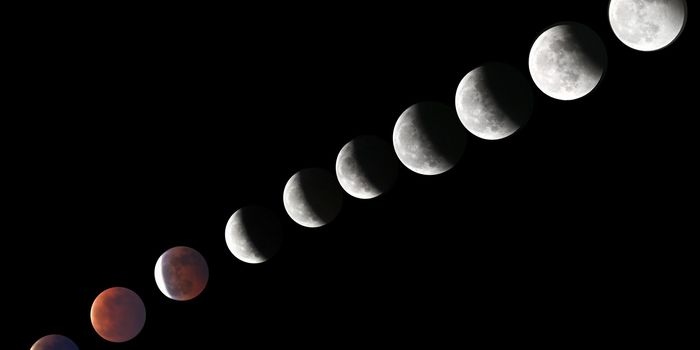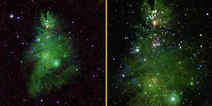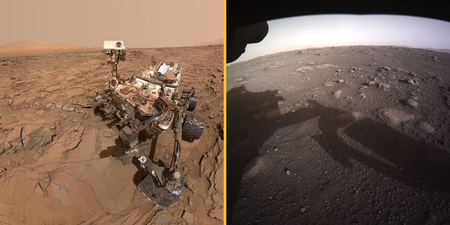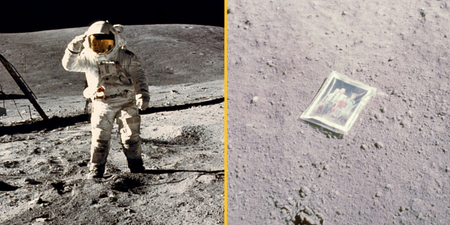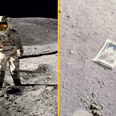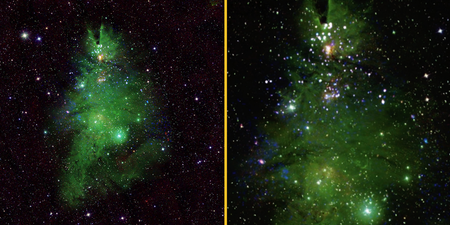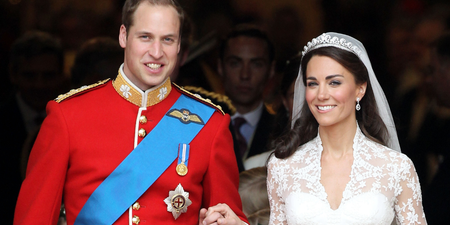The Moon is set to look pretty sexy this weekend
A rare combination of two lunar events will create a ‘super blood flower Moon’ at the end of this weekend – and we could enjoy some pretty spectacular views of it.
A total lunar eclipse and super-Moon will combine to make the ‘super blood Moon’ in the early hours of Monday morning. The full May Moon is sometimes referred to as the ‘flower Moon’. So, you can even call this the ‘super blood flower Moon’ if you wish.
But what even is a ‘total lunar eclipse’?
Well, according to NASA, a lunar eclipse (often called a blood Moon because of its red colour) occurs when the Sun, Earth and Moon align, so that the Moon is in the Earth’s shadow, known as the umbra. So, a total lunar eclipse is when the Moon falls into the darkest part of the Earth’s umbra – aka its dark, inner shadow.
This weekend will be a total lunar eclipse and up to 99.1 per cent of the Moon will be in the Earth’s shadow.
May's full moon will pass into Earth's shadow, turning a coppery red for those in the viewing area. Here's everything you need to know about the May 15-16 lunar eclipse: https://t.co/MBIsFaM3cW pic.twitter.com/NsqJYkkrRE
— NASA Moon (@NASAMoon) May 11, 2022
And although no sunlight will be falling directly onto the moon, light from the sunrises and sunsets all around the Earth will still illuminate it, giving it its ‘blood’ red appearance.
What’s more, the moon will be near its closest point to the Earth and therefore look larger in the sky – a phenomenon known as a super-Moon. Hence, the formation of the ‘super blood Moon’.

The Royal Observatory has said that the optimal viewing time in London will be between 4.29am and 5.06am – when the Moon will be entirely in the Earth’s full shadow and appear red.
Sadly, we won’t get as good a look as those watching from Central and southern America and the eastern regions of North America, who will be able to watch the whole thing. Then again, Australia won’t get to see any of it so really we should thank our lucky stars.
Related links:
